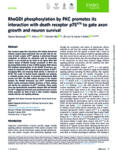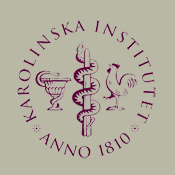In our latest paper, we demonstrate that spatially resolved RNA-seq is ideally suited for high resolution topographical mapping of genome-wide gene expression in heterogeneous anatomical structures such as the mammalian central nervous system. The work has appeared online in Genome Biology.
Cortical interneurons originating from the medial ganglionic eminence, MGE, are among the most diverse cells within the CNS. Different pools of proliferating progenitor cells are thought to exist in the ventricular zone of the MGE, but whether the underlying subventricular and mantle regions of the MGE are spatially patterned has not yet been addressed. In this work, we combined laser-capture microdissection and multiplex RNA-sequencing to map the transcriptome of MGE cells at a spatial resolution of 50 microns. Distinct groups of progenitor cells showing different stages of interneuron maturation were identified and topographically mapped based on their genome-wide transcriptional pattern. Although proliferating potential decreased rather abruptly outside the ventricular zone, a ventro-lateral gradient of increasing migratory capacity was identified, revealing heterogeneous cell populations within this neurogenic structure. Read the full article HERE.


